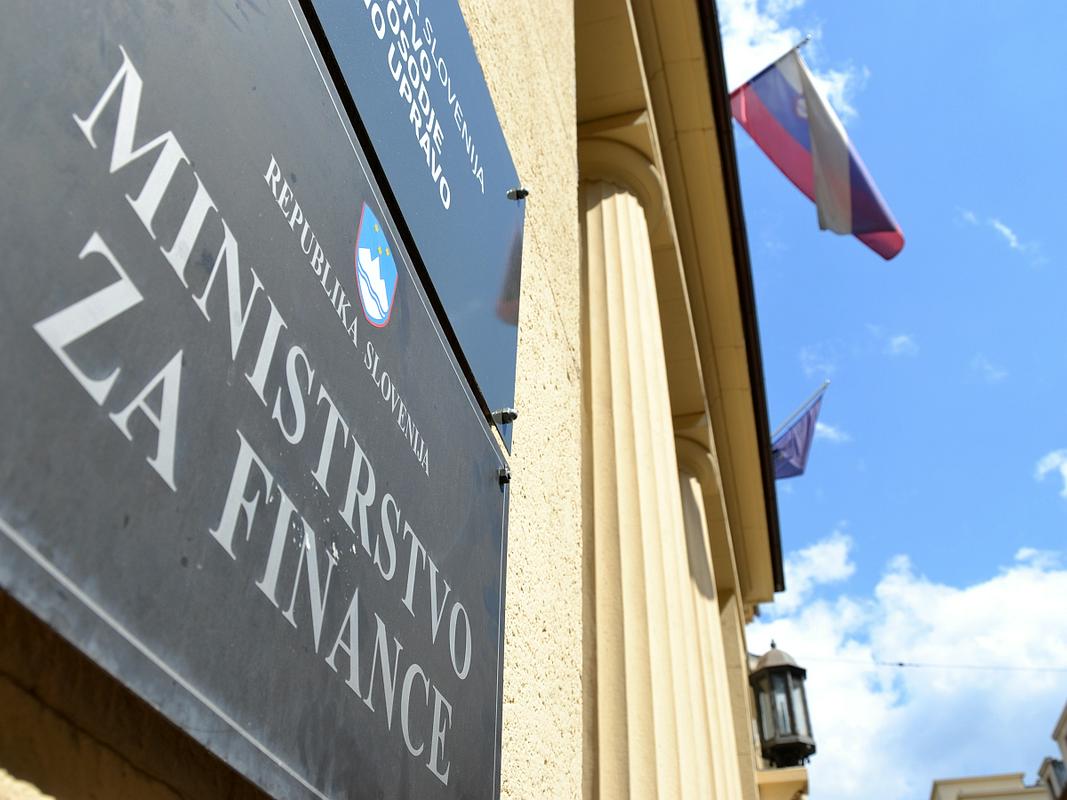
Although the state’s financial needs until mid-2016 have already been secured, the government estimated that the timing was favourable for taking out another loan. Next year the state will have to pay back around 3.4 billion euros.
An interest rate of 2.25 percent, unofficially for a good one billion euros for a 10-year bond, are considered as suitable loan conditions. Primož Cencelj from KD Funds says Slovenia is the first to take out a long-term loan after the calming of the Greek crisis.
"Slovenia issued bonds with maturities based on market demand. At the given moment, Slovenia did a solid job," is Cencelj’s opinion. The loan will have to be paid back in ten years. 2015 has so far been an empty year, without any obligations.
"Slovenia issued 10-year benchmark bonds, which means it has taken advantage of the 10-year-bond window of opportunity and has started creating a growth curve," adds Cencelj.
It is all about managing debt. Next year the state will have to return around 3.4 billion euros. A little less than 1 billion euros will have to be paid back already in February. The state’s obligations would have been 300 million euros dearer, had it not swapped its bonds last week and with that extended its debt payment.
G. C., Zdenka Bakalar, Radio Slovenija, translated by K. J.


































































